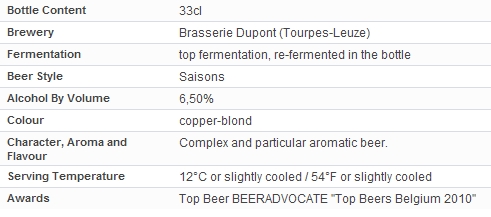thedisasterparty
Member
Hey guys. I need someone to explain some stuff about kegging to me. I'm not brand new to kegging, but the way i've always done it for near every beer I have kegged is i've basically cranked up the PSI to 25-30 and walked away for 2 days. I then come back, turn the system off, let pressure out and put it at 10 PSI for serving. The beer is usually decently carbonated and I'm happy.
However, I understand this isn't a good way to go about it if you're concerned about hitting the levels of CO2 needed for a style. I'm entering a Saison into my local competition here in a week or 2, and i'd like to have the right levels of carbonation. Using calculators online, it always comes up to around 6 or 7 PSI recommendations. This, being under the pressure I use for serving confuses me. Does this really mean I can set it to 6 PSI, walk away for a week, come back and i'll have correct carbonation? What do I use as a serving pressure at that point?
However, I understand this isn't a good way to go about it if you're concerned about hitting the levels of CO2 needed for a style. I'm entering a Saison into my local competition here in a week or 2, and i'd like to have the right levels of carbonation. Using calculators online, it always comes up to around 6 or 7 PSI recommendations. This, being under the pressure I use for serving confuses me. Does this really mean I can set it to 6 PSI, walk away for a week, come back and i'll have correct carbonation? What do I use as a serving pressure at that point?





